The kids said “septic” when I took the picture.
“Septic systems, how much you work/cost, let me count the ways…”
Reputable Septic material dealer
Before construction could get much further I needed to go and buy the components for the septic system. They were not cheap but they were nearly everything I needed. Not many dealers around here for septic components. I had to drive up into the hills about 2.5 hours to Sender’s Market, in a quaint little town. Here are my receipts from there
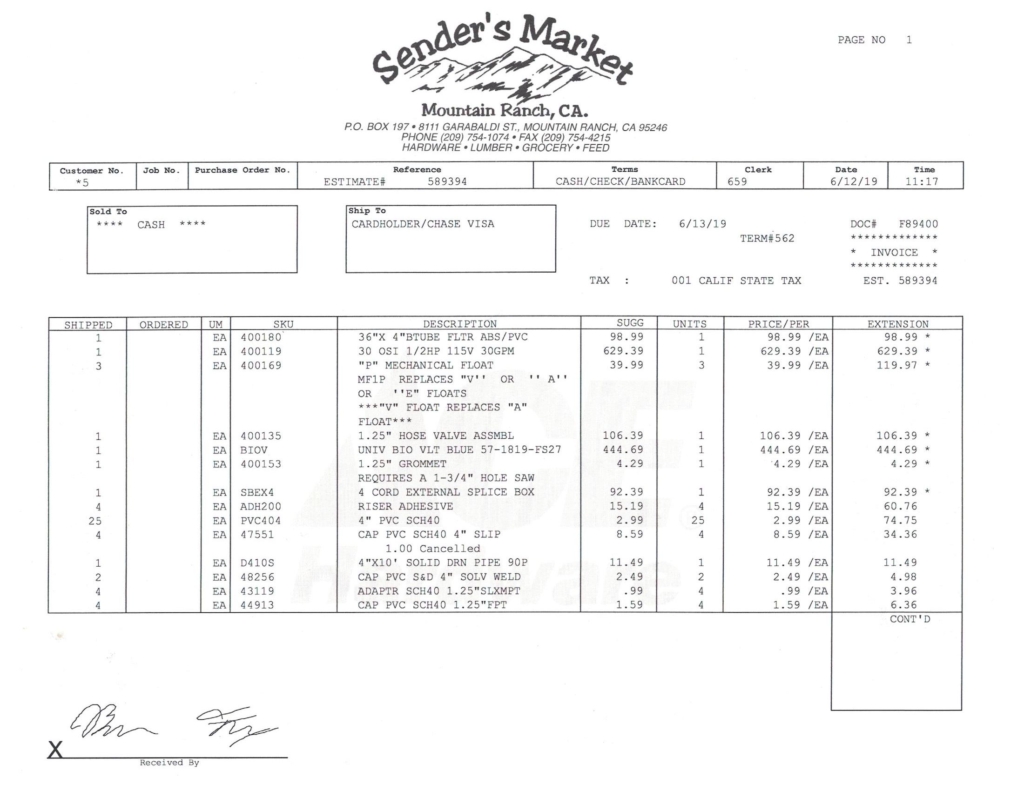
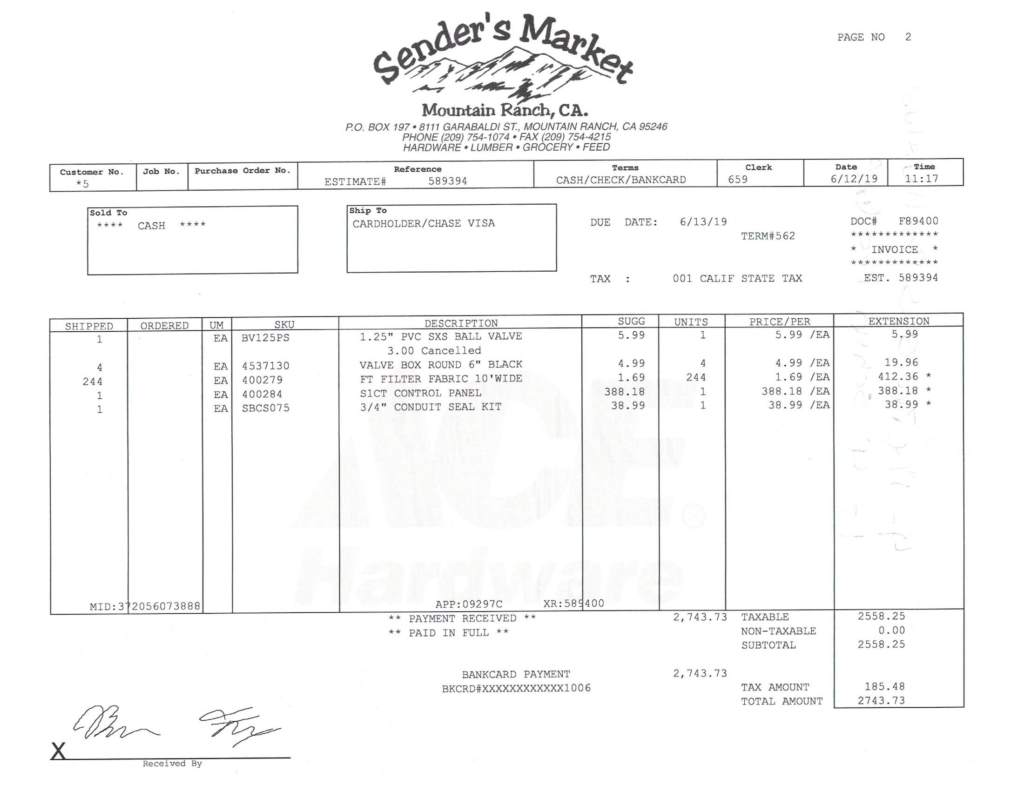
Close to $3000 in materials from there. Also I double checked all the materials, which it was good I did, because we missed one. Also purchased the ground cover there too, to save a hassle.
Tank water tightness check
Next we filled the tanks to the risers to ensure water seal.
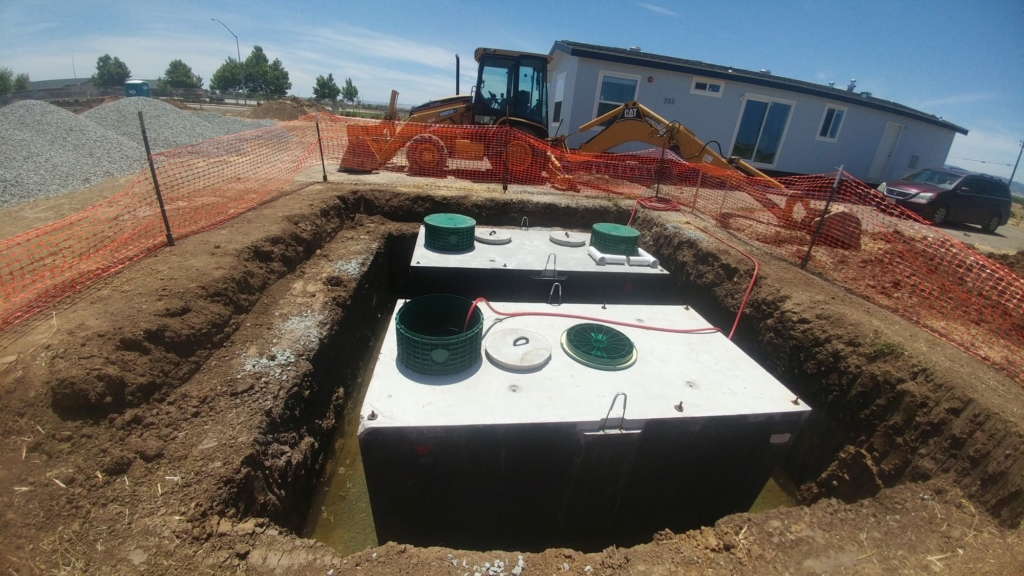
It wasn’t super sealed at the top bolts, but we still passed inspection. Which I think is fine because you shouldn’t get sewage up to those top bolts ever. After inspection was passed my Backhoe operator backfilled the tanks and compressed the dirt so it wouldn’t settle much
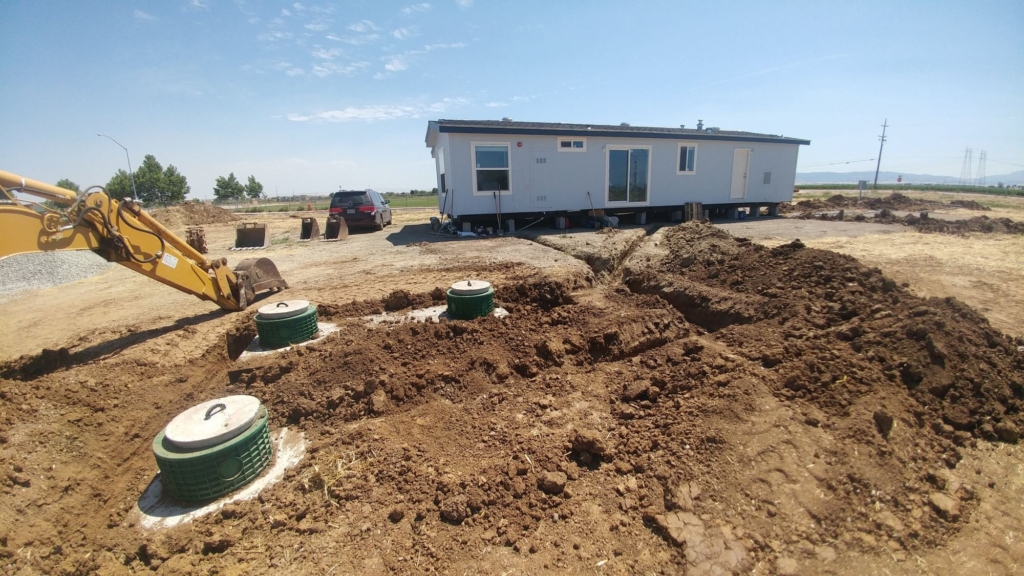
Next it was on to drainage fields. My system was supposed to be two drainage beds with about 6 feet between them, it would look like two humps. My backhoe operator and I decided to just make it look more like a platform instead two humps. It would give better drainage, cost a little more in materials, but I wouldn’t need to worry about it getting sluggish in the wintertime.
How to Construct a leech (drainage) field
Here are the steps:
1. Start with 4 inches of sand on the drainage field. Thea liked walking out on it and seeing her footprints.
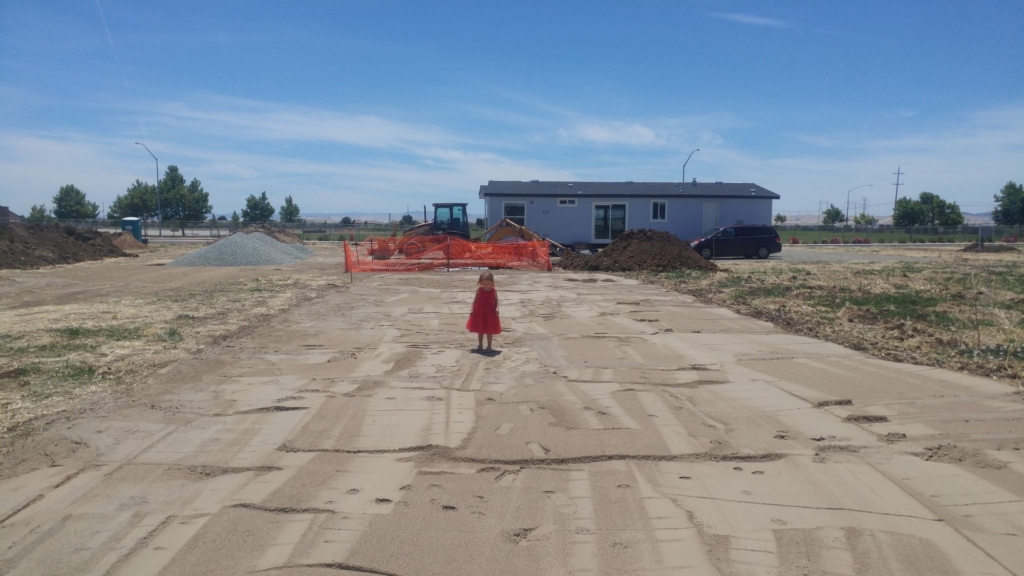
2.“Rip” the ground, which means to rough it up. This enables the sand to mix with the dirt and allow for better drainage.
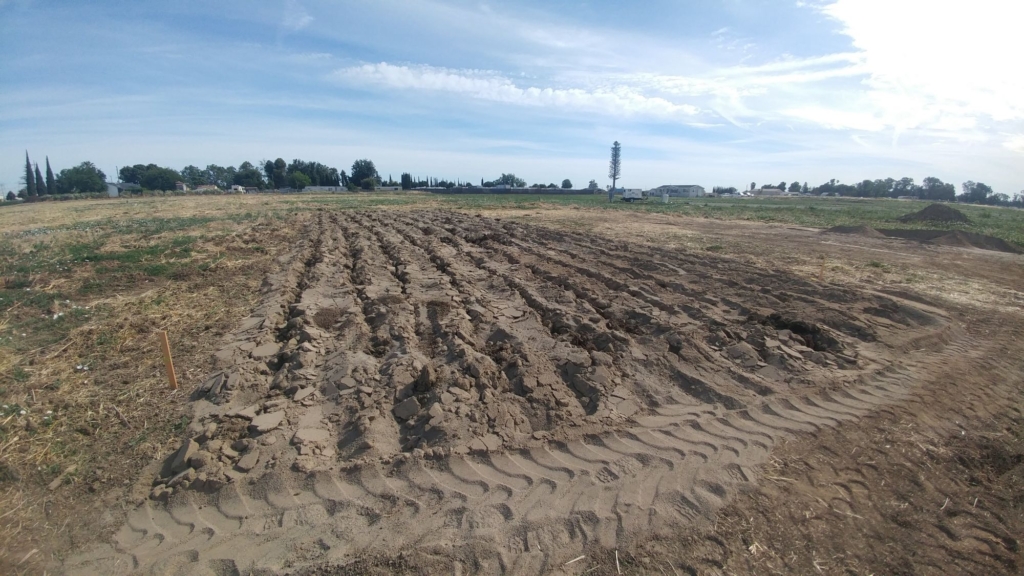
This was ripped about 12” below the ground. The ripped ground inspection is done by the Septic engineer. To make sure you did it properly and deep enough,
3. Six inches of 3/4 -1 1/2″ rock are placed on the field (this rock is approved by the county inspector).
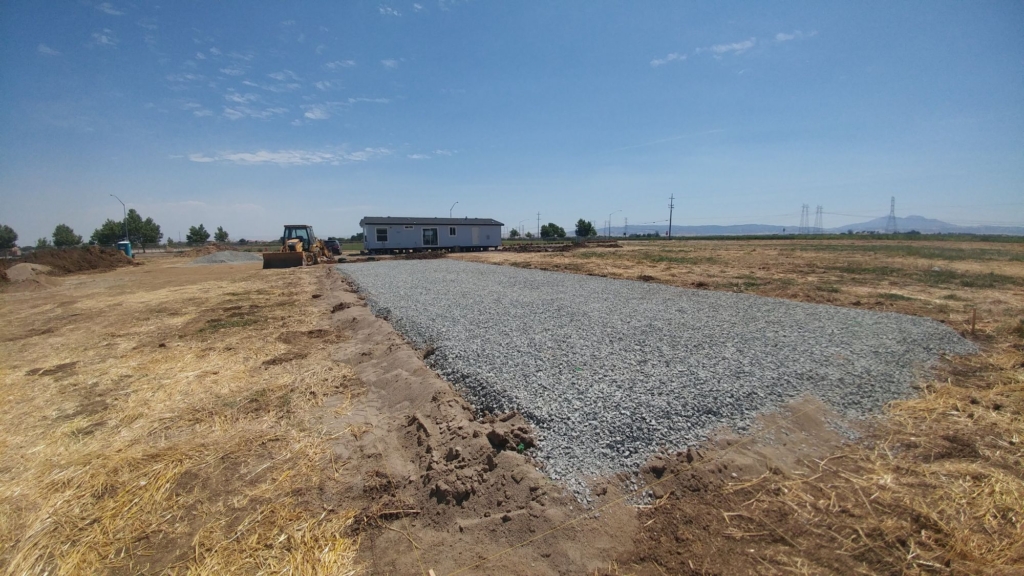
4. PVC can be placed down. In this picture there are 4 lines that are 75 feet long 300 linear feet of leech field for a measly 1198 sq ft house.
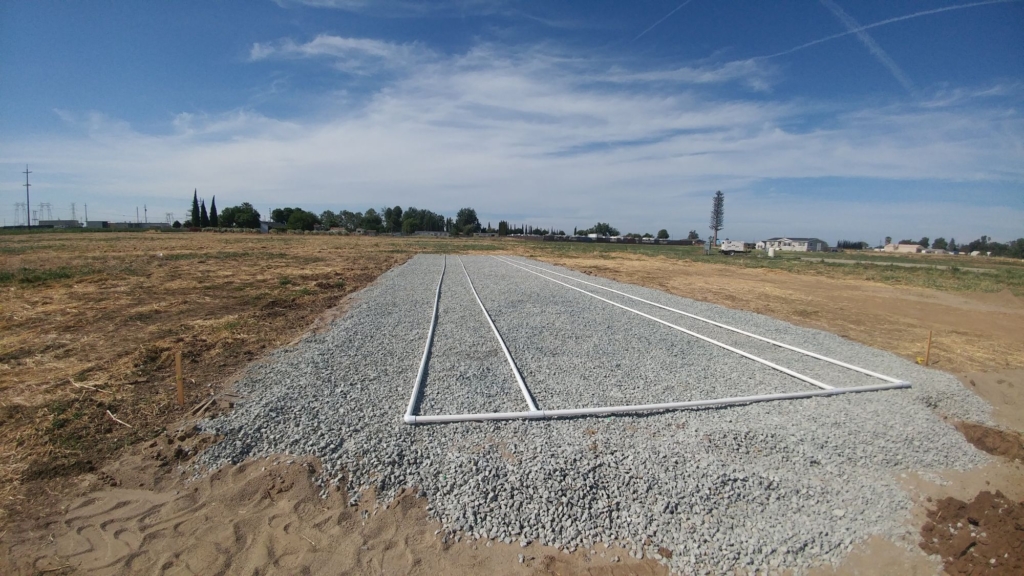
5. Drill holes (75 of them) in your leech line based on engineered instructions.
This inspection with the county, was a little fun to do. There are 75 holes drilled into the pvc pipe along the leech line. With those drilled the pump is turned on and a “squirt” test is done. An inspector from the county comes out to ensure that the lines are pushing the water at least 4 feet high. If not there may be a problem, or too many holes in the field. We tested before they came to ensure it was right.
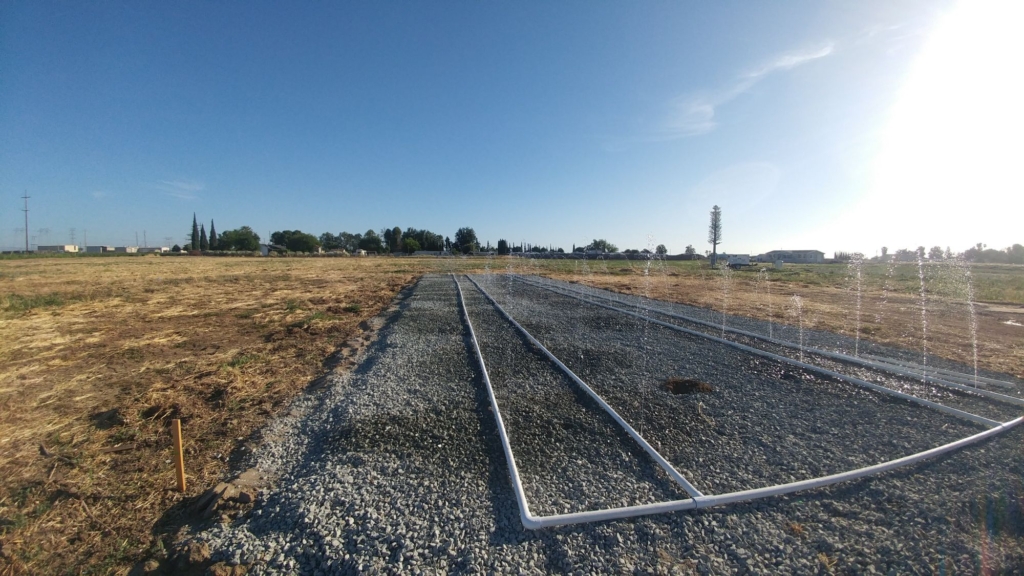
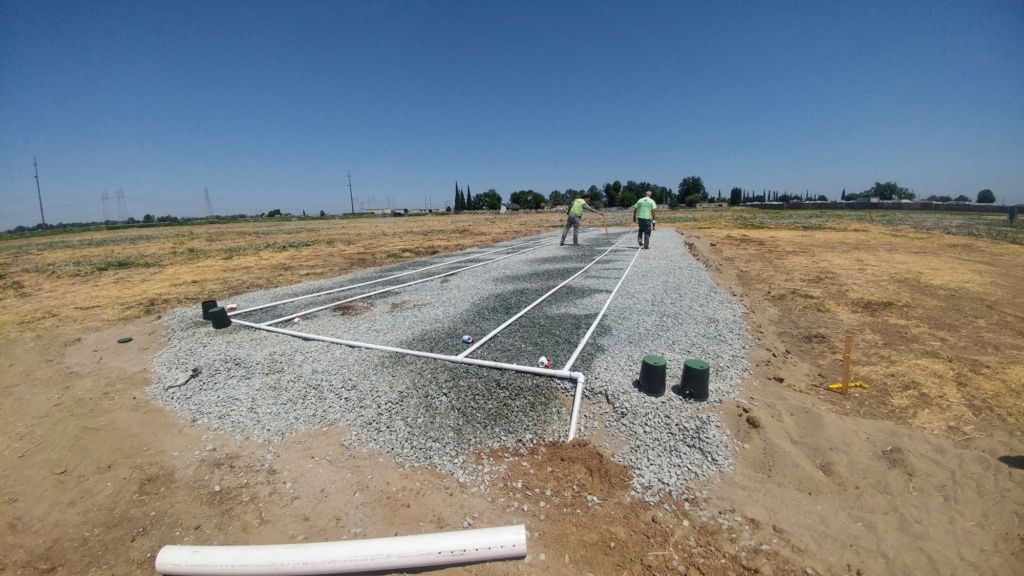
After the inspector says it looks good,
6. leech lines is cut, and pointed into the ground.
7. 4” of rock is placed on top of the pipes.
8. Cover cloth is placed over the top of that. In this picture you can see the cover cloth, some dirt on it to keep it from blowing away, and the monitoring wells and risers.
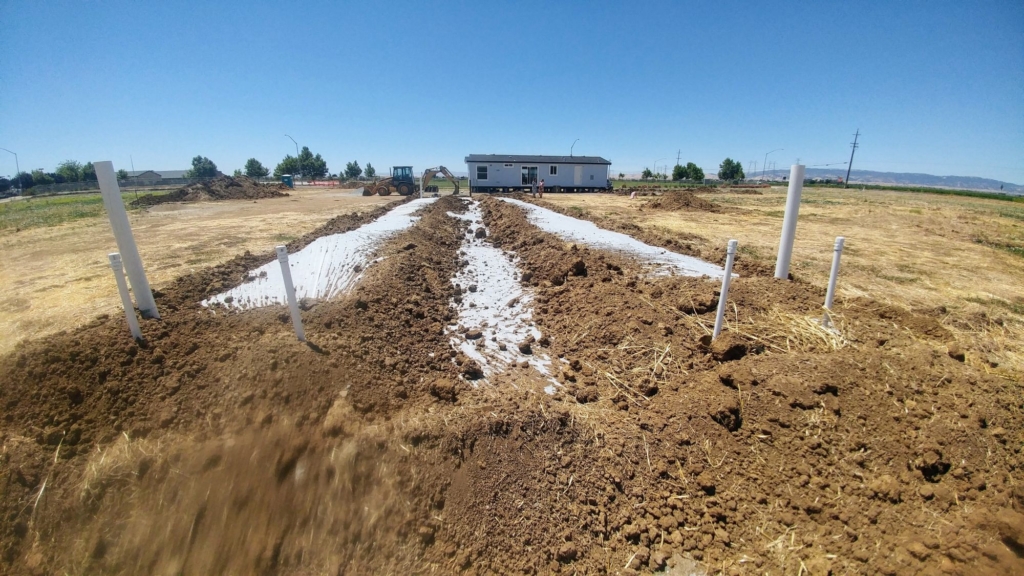
9. Finally a foot of dirt is put on top of that and then it slopes out. Here is a view from the house with tanks and leech field.
More dirt needs to be put on the sides, and I’ll work on it this week, but otherwise the septic system is compete!
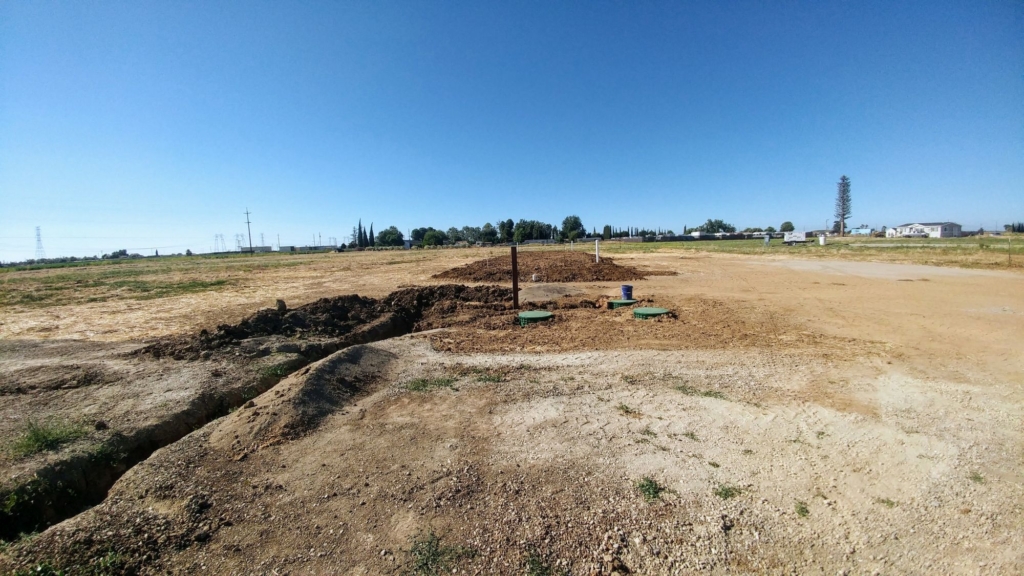
Total cost of a septic system
As DMX put it “What’s gon’ be the outcome? Hmm, let’s add up all the factors!”

As painful as it is, I’m going to summarize how much this whole system cost. It is more than I was quoted by one company and less than another (this is with my Backhoe friend giving me a deal)… But I think it’s a better system over all. These are the running costs. I’ll still need to rent a skid steer to move more dirt around but that should only be about $300 and I’ll provide my labor for free!
Engineering cost: $9446
Dirt and rock: $4475
Tanks: $5602
Septic Materials: $2743.73
Labor/Backhoe: $12513 (some of this was labor for electric trench)
Total: $34779
Thank you to my friend, Wayne Sudweeks who operates the Backhoe! He did an amazing job and stayed as close to budget as he could. I’m so glad he could help!
If any comes out to visit. Please enjoy your bathroom experience. At this cost, I’d say it’s a luxury.
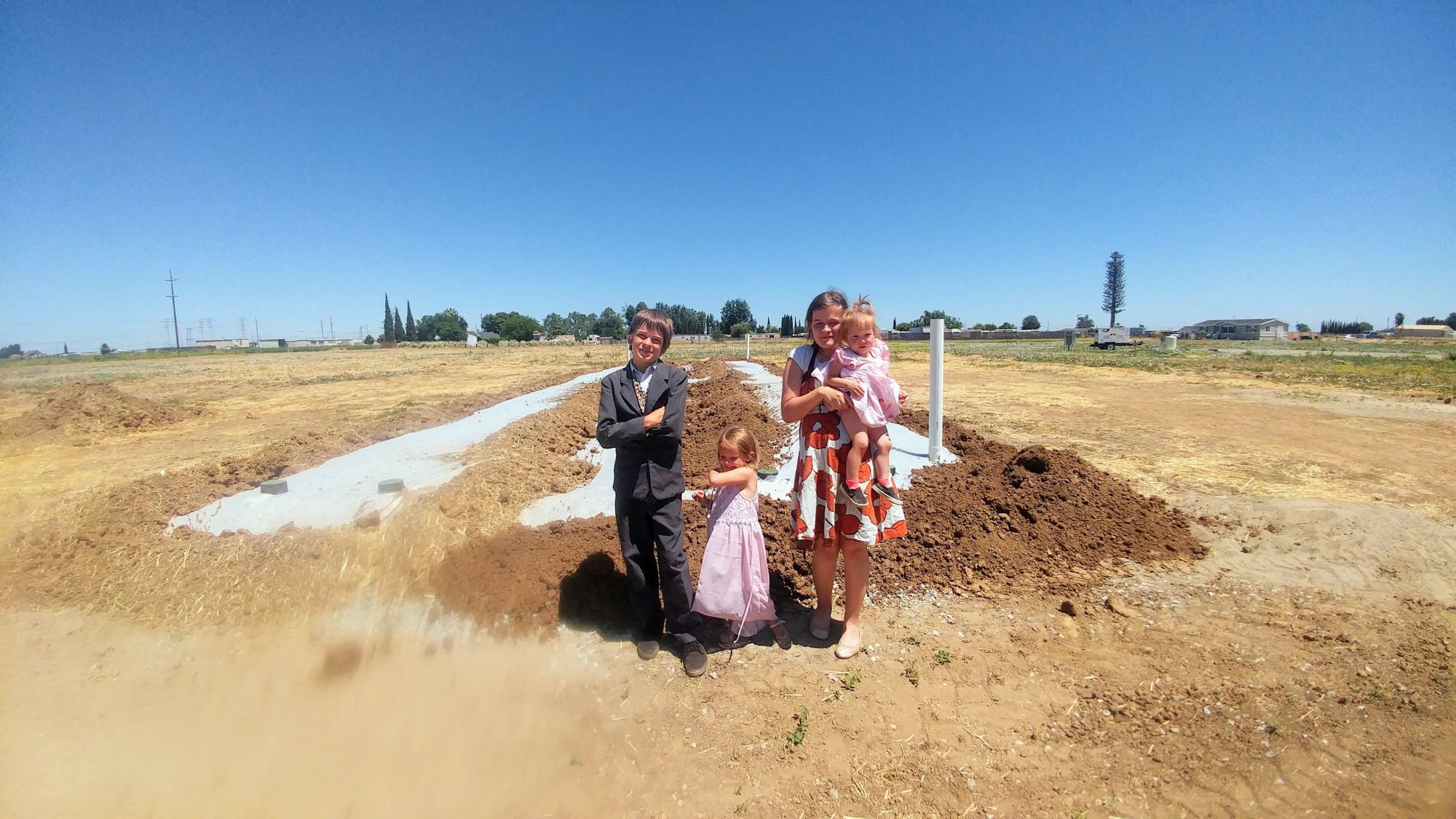
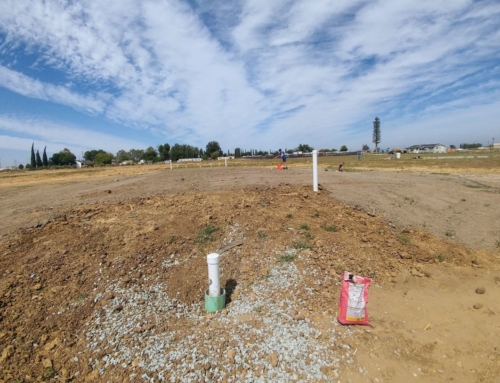
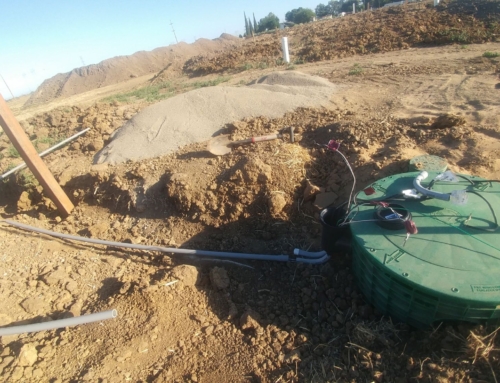
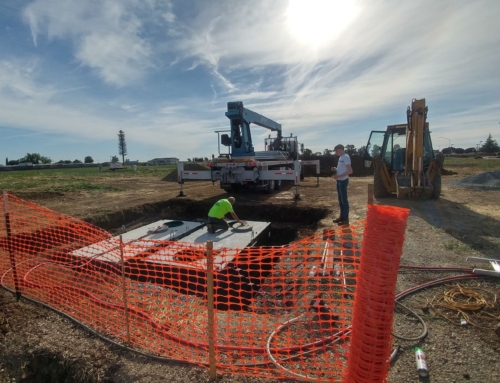

Looks awesome, Ben. All your hard work, will soon be paying off.